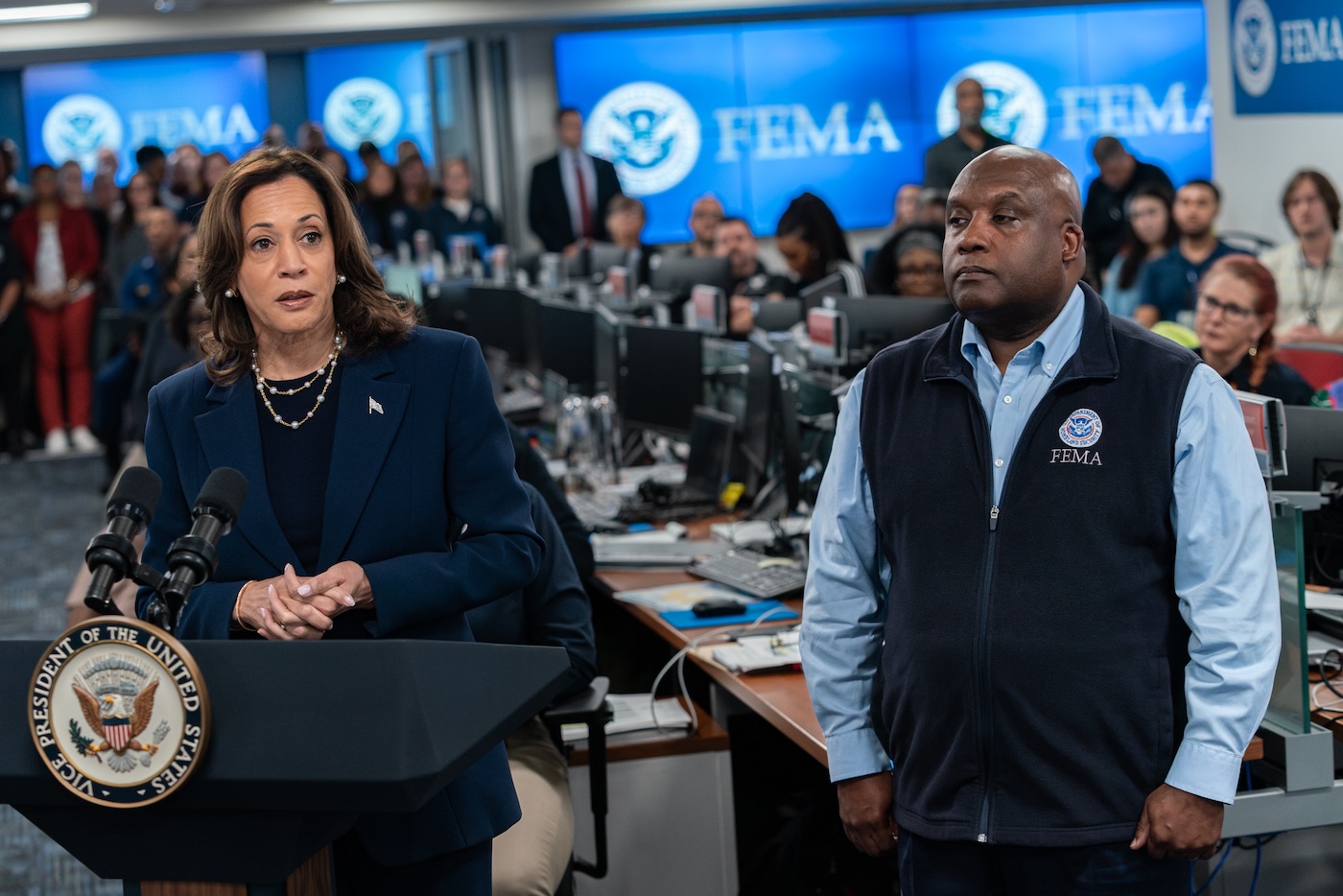Politics
A Year Later, As Many Texas Students Left Public Schools For Homeschooling As During Covid Boom

CLICK HERE to read the rest of this ARTICLE. This post was originally published on another website.
Politics
Biden And Harris’ Horrible Helene Response Could Have Sealed Democrats’ Fate In North Carolina

CLICK HERE to read the rest of this ARTICLE. This post was originally published on another website.
Politics
This Energy Company Escaped Corruption Charges Under AG Kamala While Bankrolling Democrats

CLICK HERE to read the rest of this ARTICLE. This post was originally published on another website.
Politics
My First Trump Rally Was One Of His Last, And It Lived Up To The Hype

CLICK HERE to read the rest of this ARTICLE. This post was originally published on another website.
-

 Politics2 years ago
Politics2 years agoTaylor Swift Holds Her Pen Like An Absolute Psycho
-

 Politics2 years ago
Politics2 years agoThe U.S. Left Has Become So Authoritarian, Even This North Korean Refugee Is Concerned
-

 Politics2 years ago
Politics2 years agoParents UPSET With School Board Over Drag Show
-

 Health2 years ago
Health2 years agoHow to do a Kettlebell glute workout
-

 Politics2 years ago
Politics2 years agoArrest In Idaho Murders Is A Reminder That Your DNA Is Not Private Or Safe
-

 Politics2 years ago
Politics2 years agoCBP Figures Show Highest Monthly Total Of Illegal Crossings EVER Recorded
-

 Entertainment2 years ago
Entertainment2 years agoHalloween Ends Official Trailer 2022
-
Money2 years ago
How to get started with online gambling and restaurants marketing















